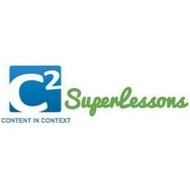SlinkySeismometer_geoPhysics
(View Complete Item Description)This unit uses the slinky seismometer as a means of studying physics concepts such as waves, sound and the speed of sound vs speed of light, resonance, electricity and magnetism, Lenz Law and magnetic dampening (backwards engineering). Students experiment with the basic parts of the seismometer and either build or connect the seismometer to the internet to take and upload data.
Material Type: Activity/Lab, Lesson Plan, Reading, Student Guide, Unit of Study




















